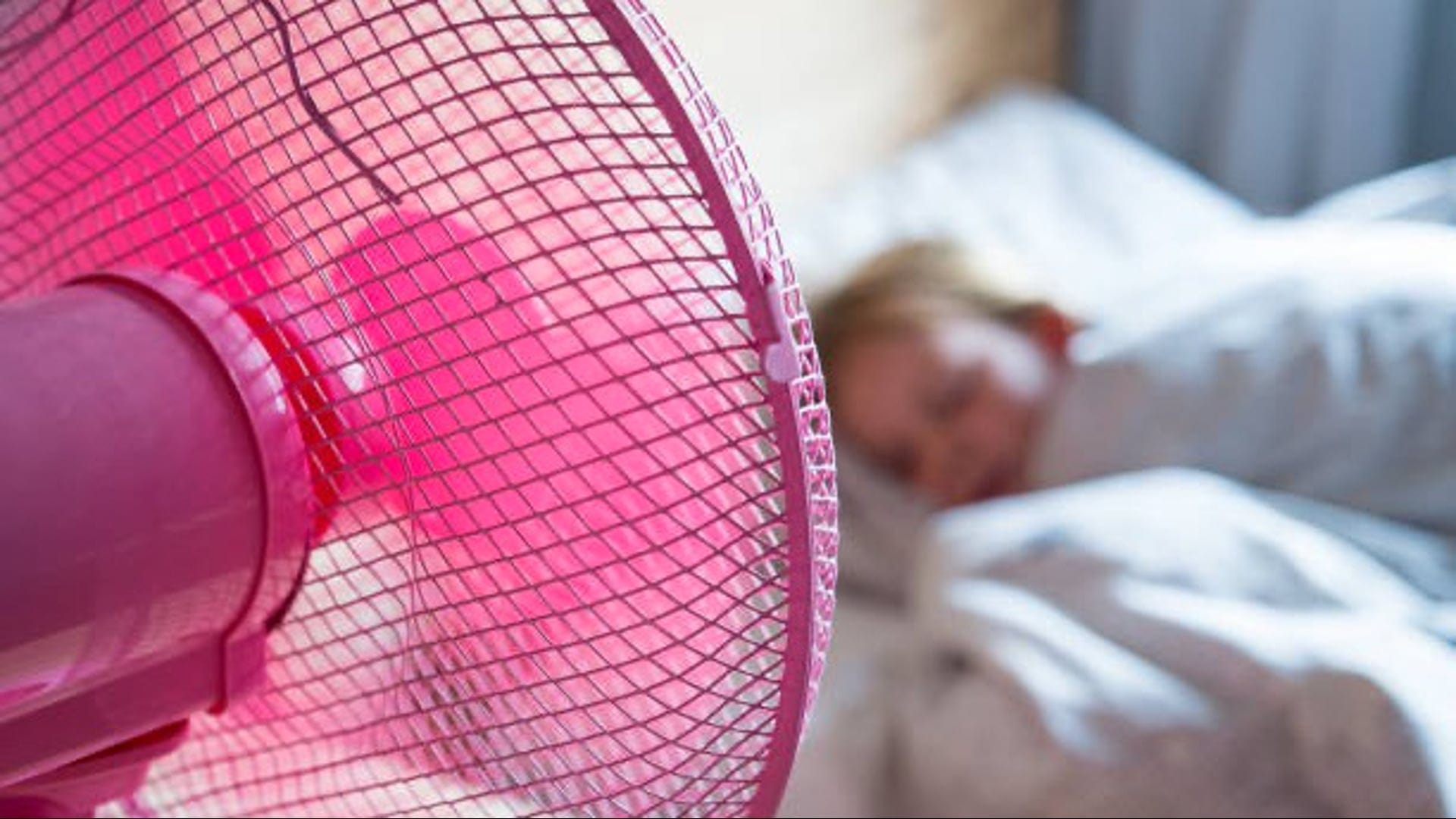This ancient therapy relieves lower back pain, research says

Most of us have heard of acupuncture, massage therapy, yoga and even sound baths because they are all ancient practices that have made their way into modern wellness routines. But fewer people are familiar with acupressure, a therapy rooted in the same principles as acupuncture, but without the needles. While it’s “believed to have been practiced in the East for 5,000 years or longer,” says Debbie Elam, a licensed acupuncturist at Mayo Clinic, who also specializes in acupressure, the practice remains relatively new in the West.
That’s beginning to change as new approaches to wellness, handheld self-massage tools and spiky mats keep getting promoted on social media. Through it all, acupressure is gaining popularity as a way to ease everything from chronic pain to anxiety. But does it actually work? And is it safe to try at home? Here’s what to know about acupressure’s potential benefits, limitations and risks.
What is acupressure?
Acupressure is a form of traditional Chinese medicine (TCM) that involves applying physical pressure to specific points on the body, known as acupoints, explains Susan Murphy, a professor in the department of physical medicine and rehabilitation at the University of Michigan Medical School. These points lie along pathways called meridians, which, per TCM, are channels through which flow vital energy known as “qi," (pronounced chee). When this energy is blocked or unbalanced, TCM proponents believe it can lead to physical or emotional distress.
By stimulating these targeted acupoints, Elam says, acupressure practitioners aim to restore balance and promote healing.
And unlike acupuncture, which uses fine needles that need to be inserted by a trained professional, “acupressure can be self-applied,” says Murphy. Doing so often involves manual techniques such as finger pressure, kneading or tapping; plus sometimes use of small tools or lying across a spiky acupressure mat to stimulate multiple pressure points at a time. “All sorts of mats and tools can be used, but they are not required,” says Elam.
Professional sessions are also an option. In either case, because acupressure doesn’t involve needles and is more affordable, it's considered more widely available – including to those who are needle-averse. “Acupressure is low-cost, easy to administer and accessible to most everyone,” Murphy says.
Is acupressure good for you?
Growing evidence also suggests that acupressure offers at least some benefits to certain groups of people. “There are thousands of research articles evaluating its efficacy for things like cancer pain, labor pain and sleep quality,” says Elam.
In one such example, a 2017 study found that acupressure helps relieve a range of pain conditions, including labor and lower back pain. More recent meta-analysis also shows that acupressure may improve sleep quality, particularly for people with insomnia.
There are other areas of potential benefit including ranging studies on how the practice may reduce nausea, digestive issues, headache, stress and anxiety. While the results of such research "are generally favorable for acupressure," says Elam, "the studies are often small and limited and larger and more comprehensive studies are needed.”
Is acupressure safe?
For most people, acupressure is considered low risk. But safety and effectiveness can depend on the tools you use or the technique you employ since improper application might reduce benefits or cause side effects such as redness, soreness or skin irritation. “The biggest concerns would be working around large blood vessels, such as on the front of the neck or thigh,” Elam says. “And for people with advanced illness or certain conditions, avoidance or at least caution should be considered.” This includes anyone dealing with a recent fracture, a bleeding disorder, osteoporosis or a recent surgery.
Acupressure should also not be applied "to areas with injuries like bruises, scars or open wounds," says Murphy. Pregnant women should be especially careful as some acupoints can cause uterine contractions and should only be stimulated under professional supervision.
It's also worth noting that, because acupressure isn’t tightly regulated in most places, “anyone can claim to be a practitioner,” Murphy warns. That means consumers need to do their homework when selecting a provider.
And while less expensive than acupuncture, cost can also be a barrier. A single acupressure session with a certified provider may cost between $75 and $150. At-home mats and personal devices are cheaper, but “effectiveness is less clear,” says Murphy.
How to start acupressure
It’s important to know that acupressure isn’t a quick fix. “It typically needs to be done repeatedly over time to feel the effects,” says Murphy. That may mean multiple visits with a practitioner or consistent self-treatment.
Fortunately, numerous resources are available for beginners. “There are many ways to learn about acupressure, including books and online videos,” says Elam. The Memorial Sloan Kettering Cancer, for instance, has detailed step-by-step at-home instructions. A free app called "MeTime" that the University of Michigan developed includes acupressure tutorial videos and guided sessions for pain relief among its sections.
No matter where you decide to start with the practice, "begin slowly and more superficially, then work your way up to deeper stimulation," advises Murphy. "It’s always important to listen to your body.”